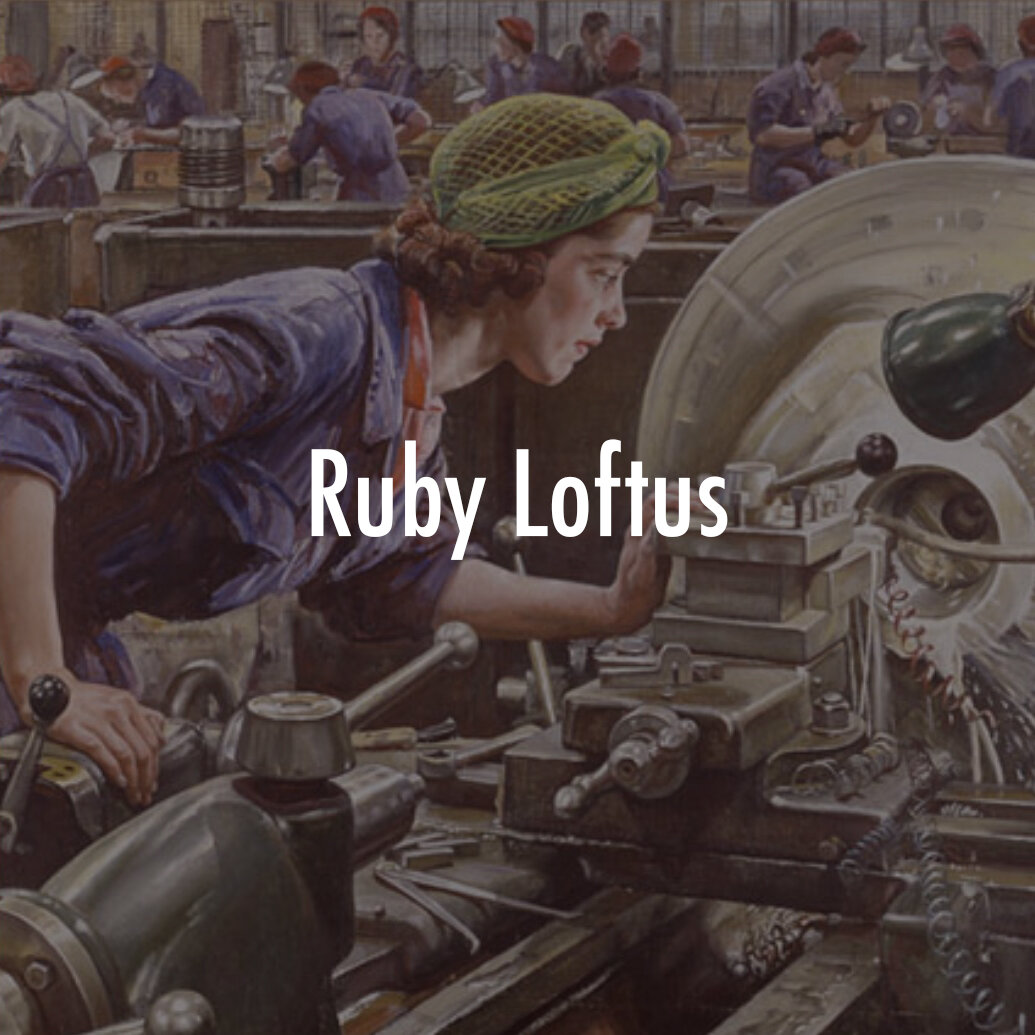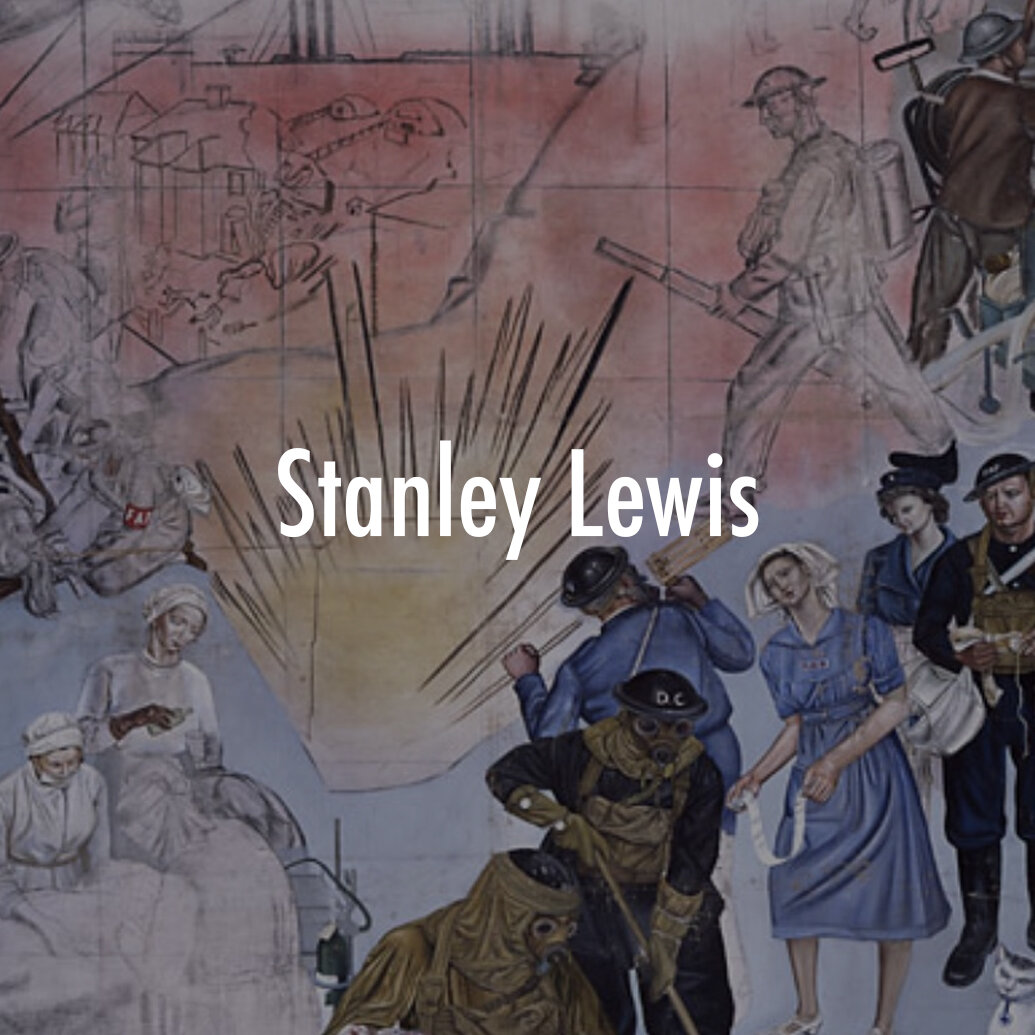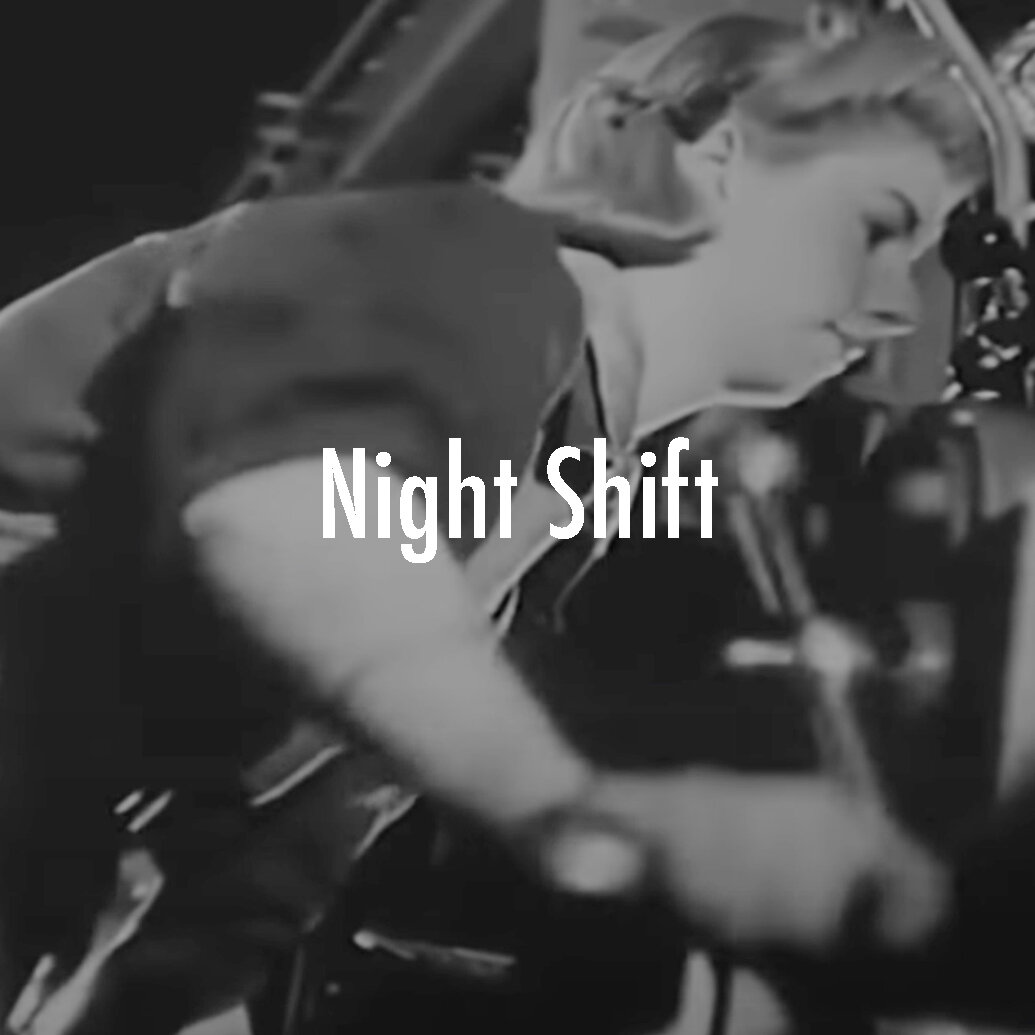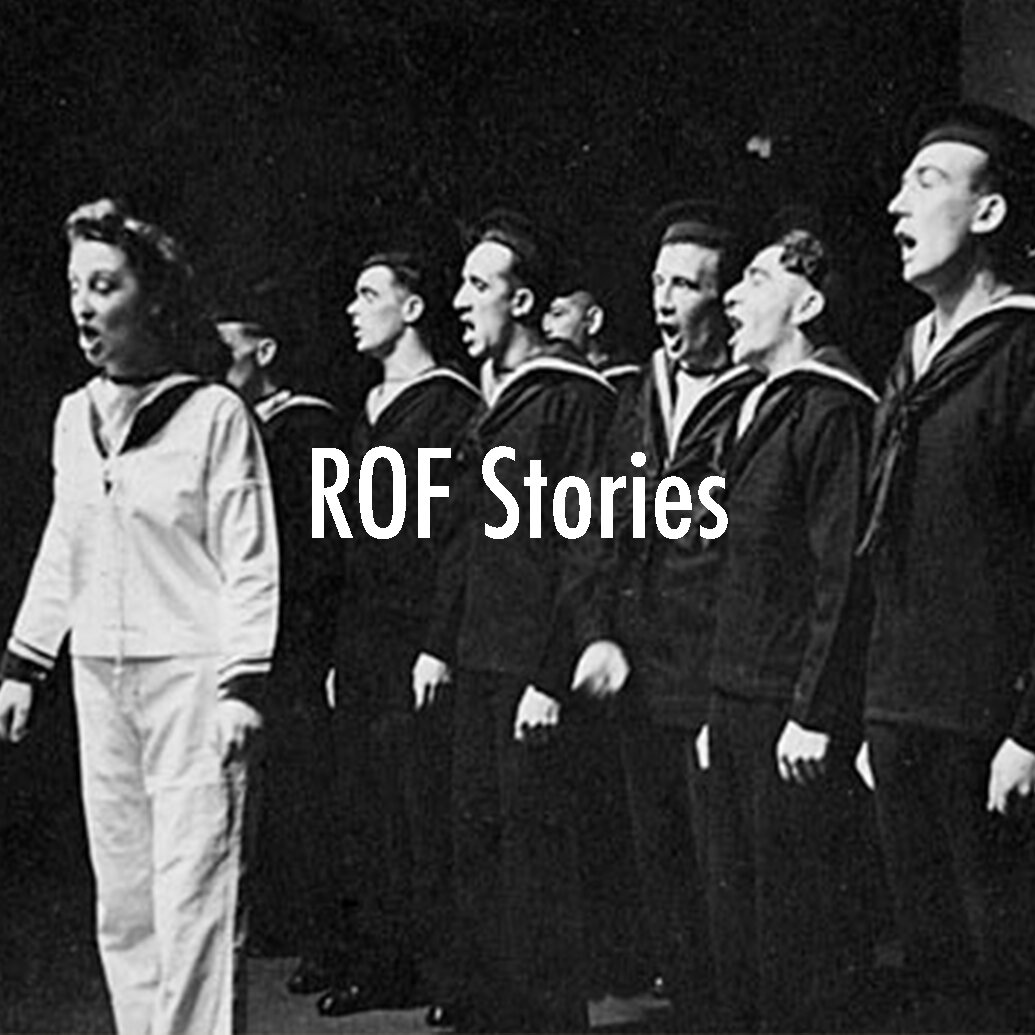No. 11 ROF: Women’s Work & Training
All over wartime Britain, women were taking up jobs previously done primarily by men, including in the Women’s Land Army, the auxiliary services, and factories — including the No. 11 Royal Ordnance Factory in Newport. Before the war, these women had worked as waitresses, shop assistants, domestic servants, barmaids and factory workers in light industries. One selection even included a professional dancer and a fashion model. Many had never worked outside the home before. Now they were performing skilled machine work to build the ordnance that would beat back Hitler and the Axis powers.
From September 1940, due to the shortage of skilled engineering workers, women were interviewed for work at ROF Newport.
The Labour Officer went to the Labour Exchange and made a selection of perhaps a 100 girls. From that selection approximately 75 might be chosen.
War work advertisement, 1940s
Every girl entering the Factory was interviewed by the Superintendent in his office, along with the Manager, Welfare Supervisor and Labour Officer. They filled in a form with regard to testing their intelligence and were asked for any special qualifications such as First Aid, Air Raid Precaution training , Music, Swimming etc.
ROF, Mr. Galbraith’s office, 1942
ROF, Employment prior to war, 1942
It was the general opinion of the shop management that shop girls, waitresses and barmaids and those who were used to serving the public were more suitable.
Eventually over 1200 women worked at Newport ROF. They made up 80% of the workforce and kept the machines running day and night, seven days a week until the end of the war.
On the factory floor the women worked two weeks on day shift followed by two weeks on night shift. Working hours varied depending on the urgency of the demand for the guns they were producing. Twelve-hour shifts with an hour’s meal break were usual and working double shifts was common.
'A Good Afternoon's Work'.
Artist unknown, Ink & pastel on paper.
ROF, Under supervision, 1941-42
A special school was established in the Factory, where the new women workers would get a thorough grounding in reading British and metric micrometers, vernier gauges and learn to understand technical drawings.
Trained by skilled male workers, they were initially given tasks from sweeping the workshops, filing and simple machining to the operation of trucks and overhead cranes.
Every woman had to pass out on examination. It was found that this kind of training gave them a great deal of confidence when they transitioned to operating machines on the shop floor, as they were able to measure accurately and to know exactly what dimension was required on the operation sketch provided for them.
The women were then set to work on the machines to which they were allocated under the supervision of such skilled men as were available. New workers taken on would stand by the working machines and learn how to operate them so that when similar machines arrived in the factory, they would be able to handle them. This process went on gradually and continually until all the machines were filled both on day and night shifts.
ROF, On the filing bench, 1941-42
“Many of the women are so deft and conscientious that they work ‘spot on’ - which means dead right to the smallest fractional part of an inch.
(There is, by the way, a fat pink pig, one of twelve in the factory sty, who has a black patch where he sits down. He has been christened Spot-on.)”
However, as there was nothing else for it, they were put right on the job and after preliminary training in filing, fitting etc. they were transferred to the actual fitting and scarping of the breech rings, breech blocks and all the breech mechanisms connected therewith both on the two-pounder guns and Bofors guns.
ROF, Barrel finish turning, 1941-42
"The result has been very surprising to all concerned, and has amazed many people in some of the leading engineering firms of this country, who just would not believe it until they actually visited the Factory and saw the work being done for themselves."
ROF, Fitting breech mechanism, 1941-42
Female trainees learnt to operate cranes, general slinging work and the driving of electric trucks on the Shop floor and around the Factory. The women workers were also trained on marking-off, honing, boring, rifling, fitting and inspection.
Whilst it was easier to train new workers to operate a machine where the necessary jigs, tools, fixtures and gauges were supplied, it was more difficult to train them to fit breech-blocks, breech rings and breech mechanisms where the hand and eye must work together in unison. Working to limits of two-thousandths of an inch required very considerable skill.
ROF, a ‘slinger’, 1941-42
Work of this kind had never been previously undertaken by women and most people, including the staff, were very sceptical as to the possibility of women ever being trained to carry out such work. However with the introduction of the necessary tools it was possible to produce material with intelligent women labour thus dispelling forever the idea that precision engineering was "men's work".
ROF, Breech ring inspection, 1940s
The brain behind the 'gun girls' was a canny Scot, Superintendent Galbraith, known as 'the Super', a product of the Clydeside shipyards.
As quoted in a 1941 Sunday Times interview:
“I send the bits o' lassies back to school in my own classrooms so they can learn to handle instruments. Then I put them in front of the machine and let them get on with it. Well, you see the result.”
Superintendent A.M. Galbraith, drawing by Dame Laura Knight, 1943
From the Sunday Times: “Ministry of Supply officials applaud the work these girls were doing, many hundreds of them, in blue, belted dungarees, and the gold-badged caps they insist on pushing far back on their heads.
As one girl said cheerfully, ‘It makes a change.’
Many of the girls are Welsh which explains the vigour of both the community singing in the canteen and of the factory band led by a violinist-nurse.”
ROF, Ruby and Queenie Loftus on tea-break, 1942





